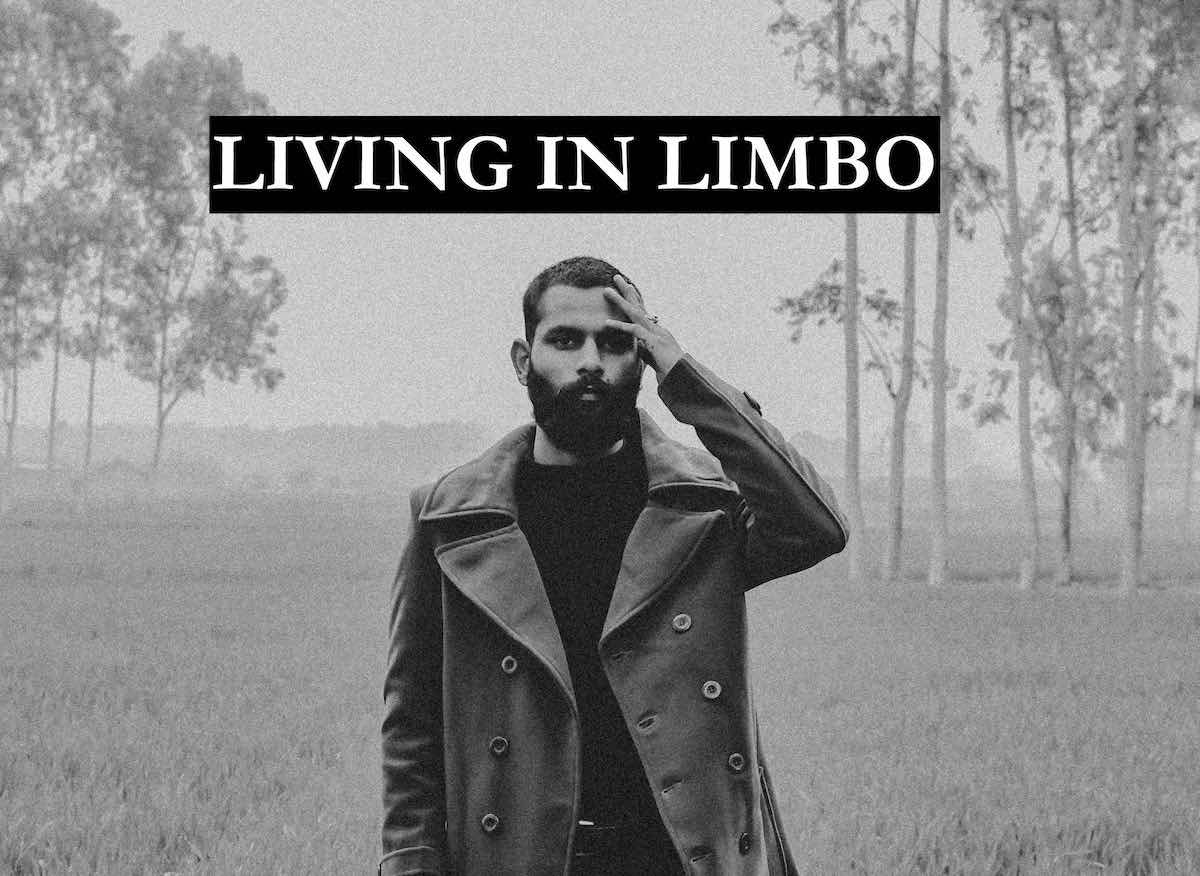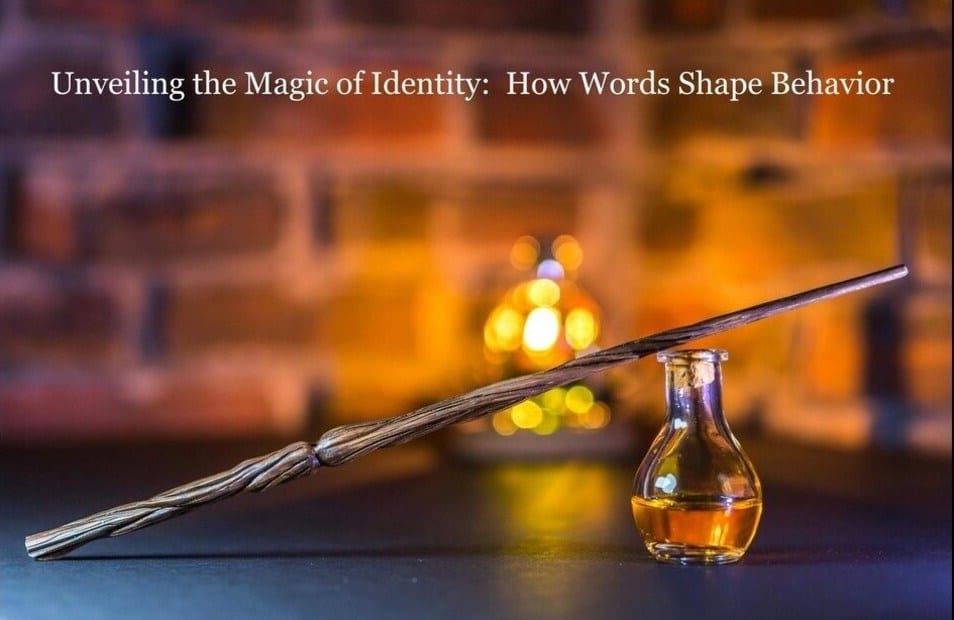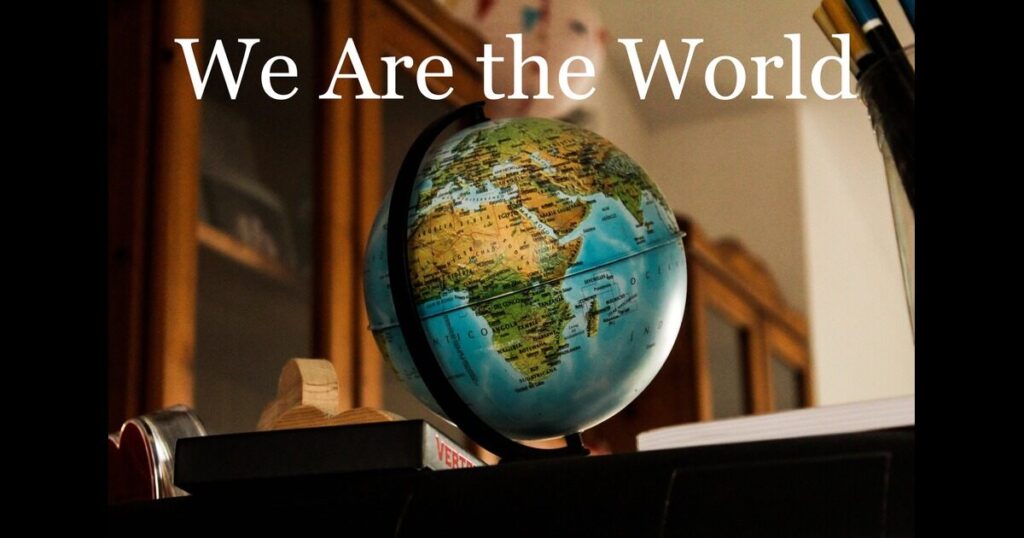Do you feel like you’re living in limbo? Are you in a perpetual state of change, waiting for the current crisis to be over? For some people it’s even worse and Pandemic Gloom has set in.
As a transition specialist, I want to address the current state of living in limbo that many people find themselves in, as well as to provide guidelines for navigating these perilous days. Now, what we do now in the transition will determine our success when this is over. It’s all about the transition and Perpetual Pivot.
Think back to the early days of the pandemic and how people reacted. When asked about the emotional impact of COVID 19, the most common responses were listed as: worry, stress, anxiety and sadness. But even in the midst of all these negative emotions, many people voiced feelings of hope, empathy and camaraderie. I heard many people say, “We’re all in this together. We’ll get through this.” These are all typical feelings in the beginning stage of a transition.
However, the longer we remain in a transitional state and are living in limbo, the more intense the emotions become. Now, in addition to worry, stress, anxiety and sadness, many people feel frustrated, overwhelmed and angry. Further, some people respond aggressively toward others who think differently. This is the direct of result of spending an extended period of time in the transition, as well as feeling that we are not in control.
But there’s another shift that occurs while living in limbo; gone are the positive feelings of hope, empathy and camaraderie. For many people these feelings are replaced with hopelessness and despair, and for some, depression and suicidal thoughts. In the USA, Mental Health America reports that it has seen an alarming increase in depression and anxiety nationwide. October 2020 showed that more than 1.5 million people reported signs of anxiety and/or depression. In Canada, researchers from the Canadian Mental Health Association found that 40 per cent of those surveyed said that “their mental health had deteriorated since the COVID-19 outbreak began.”
In addition, some people become disillusioned by the assumption that the pandemic would be over soon. In the same vein, I would advise people to be cautiously optimistic about the roll out of the vaccine. Nothing happens as quickly and easily as promised. This is especially true during transitions.
This is an accurate and predictable description of what happens when you are living in limbo. But is there anything we can do about it or do we simply wait passively for this crisis to end?
My advice is to Take Action. The tendency for many people while living limbo is to wait and do nothing. Rather, we need to wait patiently and take action.
The first step is to take action for your own well-being. Your health is your primary responsibility and should not be relegated to anyone else. As retired Brigadier General Thomas Kolditz advises us, “Everyone should pack their own parachute.” Kolditz learned this lesson from battle experience; soldiers were much more careful when it came to ensuring their own life and safety. But first, each soldier had to be trained how to pack a parachute.
Consequently, we need to take action on self-care strategies while living in limbo. These strategies should include getting enough sleep and/or dealing with sleeplessness. Not an easy task when we’re worried or anxious. As a result, we also need to find ways to reduce stress and deal with anxious feelings. Mothers and fathers need to find resources to deal with the difficulties of parenting during a pandemic. Lastly, we need to look for ways to receive emotional support throughout the process.
After these basic self-care needs are strengthened, we must take action for our own learning. As we all know, learning is the process of acquiring new knowledge, understanding, behaviors and skills. Ask yourself, what skills do I need to learn that will be helpful when this is over? This type of learning involves trial and error, perseverance and learning from mistakes. Failure is a difficult experience for most people and can make us resist trying something new. And yet, failure is an essential part of learning.
For instance, as a professional speaker, I’ve spoken to thousands of people at conferences around the world. But of course during the pandemic, live presentations were no longer possible. All presentations shifted to virtual. The problem was that I had never done a virtual presentation before. Speaking to a live audience and speaking into a camera are two different skills. In addition to learning how to speak on a virtual stage, I had to become my own AV technician, zoom specialist and video editor. Learning new skills is part and parcel of taking action for our learning in limbo. And mistakes will be made while learning.
The motivation for learning new skills is directly related to our present and future success. Butch Harmon is considered one of the best golf instructor in the world. He was the former golf coach of Tiger Woods and Phil Mickelson. In an interview, he was asked,“What’s the difference between the top winners and everybody else?” His answer was simple. “The top winners recover faster from adversity than everybody else!”
Living in Limbo is an experience in living in adversity during transitions. Managing change and transitions is one of the most difficult experiences that people go through. People who learn the secrets of surviving and thriving in limbo use the time wisely. They understand precisely what happens during transitions, take action to care for themselves and learn what they need to know to be successful.
For more information on change and transition, check out Perpetual Pivot: How the Best Leaders Adapt to Exponential Change.




